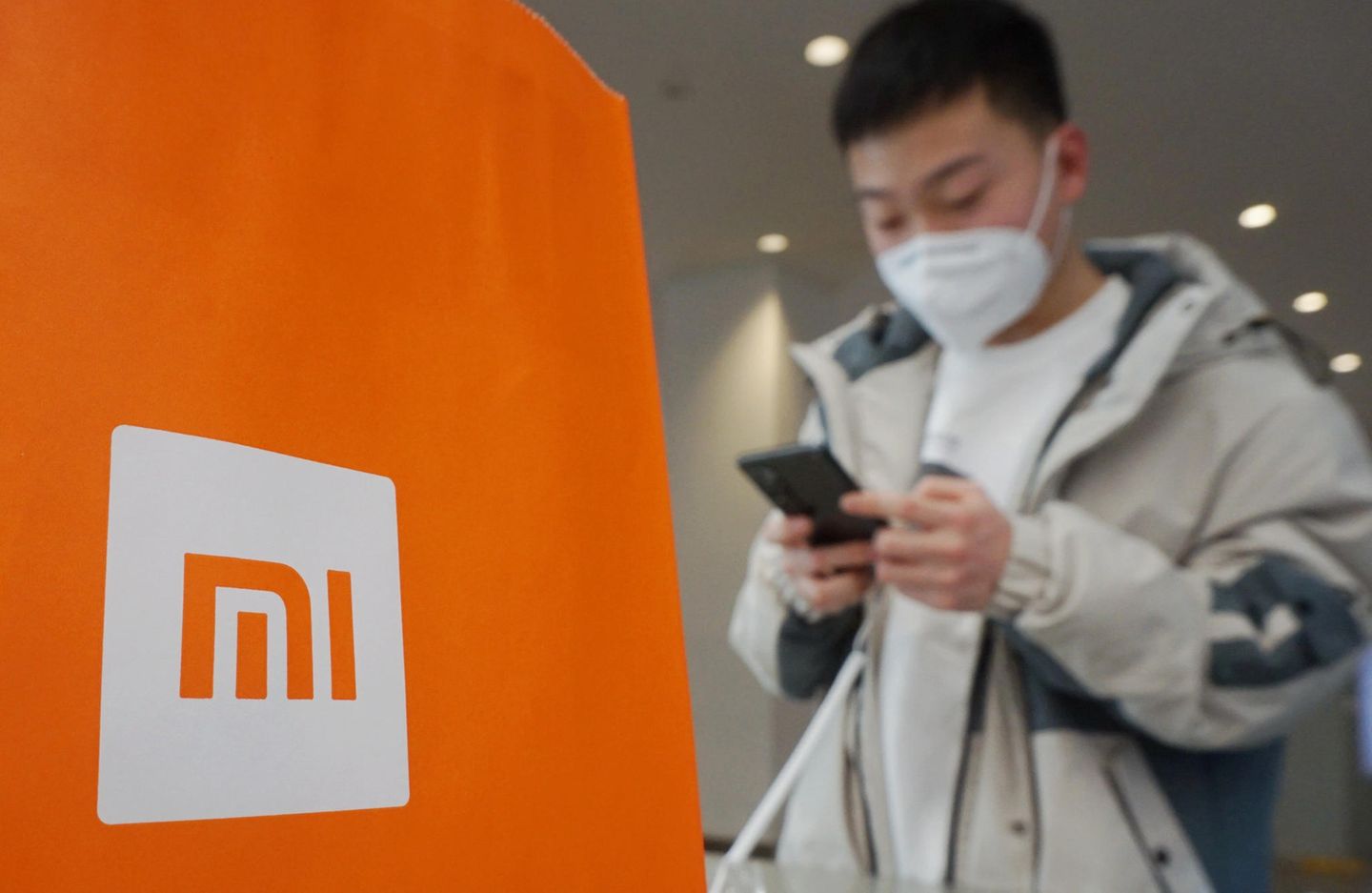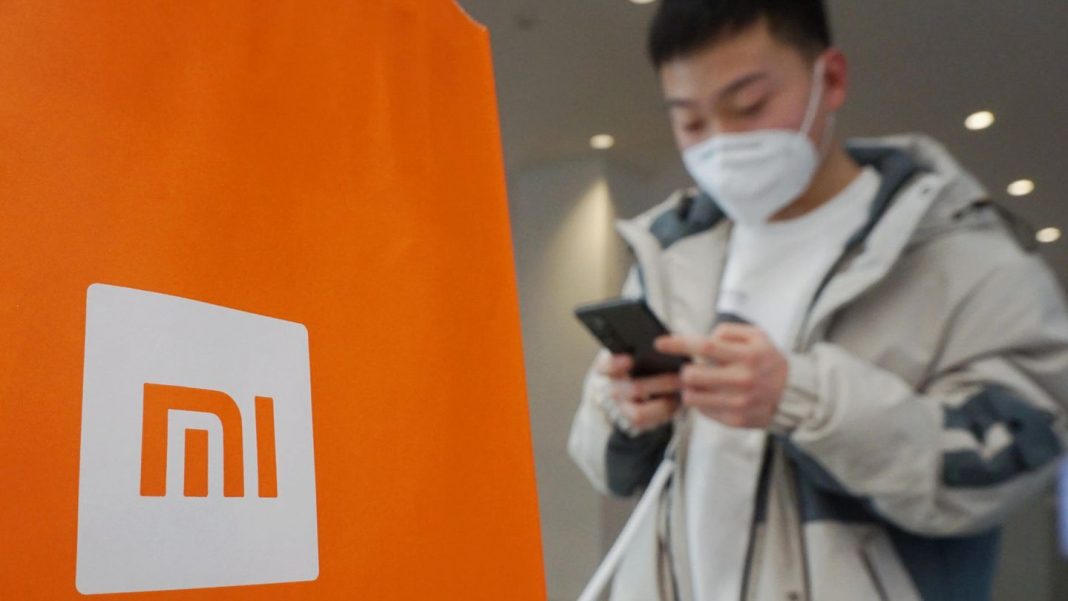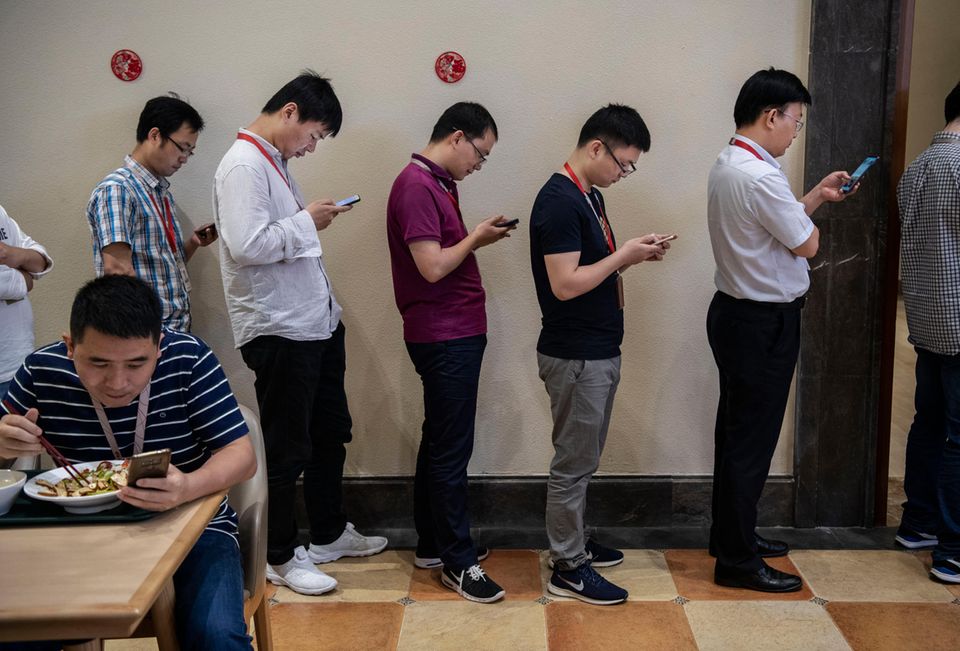Crash of the giant
Xiaomi overtakes Samsung earthquake in the smartphone market

Xiaomi is enormously successful not only in the homeland of China
© Long Wei / Costfoto / / Picture Alliance
For years, Huawei was considered the most likely candidate to one day knock smartphone king Samsung off the throne. Now, with Xiaomi, another group from China overtook the weakening industry primus. Is it the turn of the century that it looks like?
It’s an impressive climb. Within just one year, Xiaomi has doubled its smartphone sales-and reached the top spot in the smartphone market for the first time in June. The concern managed to skillfully exploit the weaknesses of competitors Samsung and Huawei. At Samsung, however, panic occurs.
The figures speak for themselves: 17.1 percent of the smartphones sold worldwide came from Xiaomi in June, according to the analysts of “Counterpoint Research”, the group alone was able to sell a whopping 26 percent more devices than in the previous month. Samsung slumped from its usual 20 to only 15,7 percent market share, Apple is with 14,3 percent well above the summer months of recent years. With this, Xiaomi secures the sales top for the first time in its ten-year history.
Xiaomi on a triumphant march
For Samsung, this is a shock. So far, only two corporations have managed to temporarily oust the Koreans from the top. Apple usually dominates the Christmas quarter with its iPhones, usually presented in September. Otherwise, so far only Huawei had managed to push past Samsung in individual weak moments.
That Xiaomi could now reach the top should have two reasons in the first place: Huawei has shrunk to a shadow of itself by the sanctions of the US government, which were still decided under the then President Donald Trump and maintained under the current government. At the same time, Samsung also struggled with a lack of parts. However, this is the result of a measure that was actually intended to mitigate damage caused by Corona: Last year, the group moved part of its production to Vietnam, and now the corona outbreak there is disrupting the production of Samsung’s successful middle-class A-series smartphones.

Huawei’s Deep case
Xiaomi has had an impressive rise. After the group has long scored above all with very cheap devices, it offers with a current portfolio of a whole 58 current models a device for almost every everyday use, from very cheap to premium. At the same time, he skillfully took advantage of the gap left by competitor Huawei. Although he continues to introduce devices, he can hardly deliver them. Due to the sanctions, the selection of parts is extremely limited, the production volume is low. This is noticeable in sales: while Xiaomi was able to increase its sales by half in the first quarter from 32 to 48 million devices sold in a year, Huawei collapsed from 49 million sales to only 15 million in the same period. The market share of the former giant is only four percent. For the second quarter, in which Xiaomi grew even stronger, the analysts list Huawei only under ran.
“Since Huawei’s descent, Xiaomi has pushed its constant and aggressive push into the gap left by it,” Counterpoint market researcher Tarun Pathak explains the ascent. “The manufacturer has expanded into Huawei’s former markets such as China, Europe, the Middle East and Africa. In June, the improvement in the situation in China, Europe and India benefited sales, while at the same time Samsung struggled with restrictions.”
Samsung fights
Analysts do not yet see Samsung in serious difficulties, the group is likely to return to its former strength with a normalization of its production, they are convinced. This is also supported by the figures if you look at the entire quarter instead of one month. Both Counterpoint and Canalys ‘ competitors still see Samsung at the top for the entire second quarter (19 percent market share at Canalys, 18 percent at Counterpoint). But Xiaomi comes to only two percent to the leader, placed clearly in front of Apple. In the year-on-year comparison, this is a gigantic leap: last year, Samsung’s market share in the second quarter was still twice as high as Xiaomi’s, at 20 percent.
Samsung is therefore also dealing with the problem internally, reports the Korean news site “The Elec”. As a result, the Group has begun an internal investigation into possible management errors. According to the site, this is always the case when a division of the Giga Group runs below expectations.
Weakening peak
Although the slump in sales of the mid-range A-series devices has the greatest effect on Samsung’s market share, another series is likely to worry the group much more: the premium models of the Galaxy S series have sold much weaker than usual in recent years. Only 13,5 million of its top models Samsung was able to sell in the first half year, according to a recent report. That’s 20 percent less than last year’s Galaxy S20 and even 47 percent less than 2019’s Galaxy S10.
The loss is also likely to hurt because the devices have significantly higher profit margins compared to the middle class. In addition, the premium models of the Galaxy Note series, which otherwise followed in the summer, were discontinued this year. The folding smartphones offered instead, which are seen by Samsung as a new future business, do not yet reach sales volume because of the high prices, which could compensate for the failure. New models are expected this week, and their pricing is likely to play a crucial role in the future success of the division. Xiaomi now also offers such devices.
Source: Counterpoint Research, Canalys, The Elec




